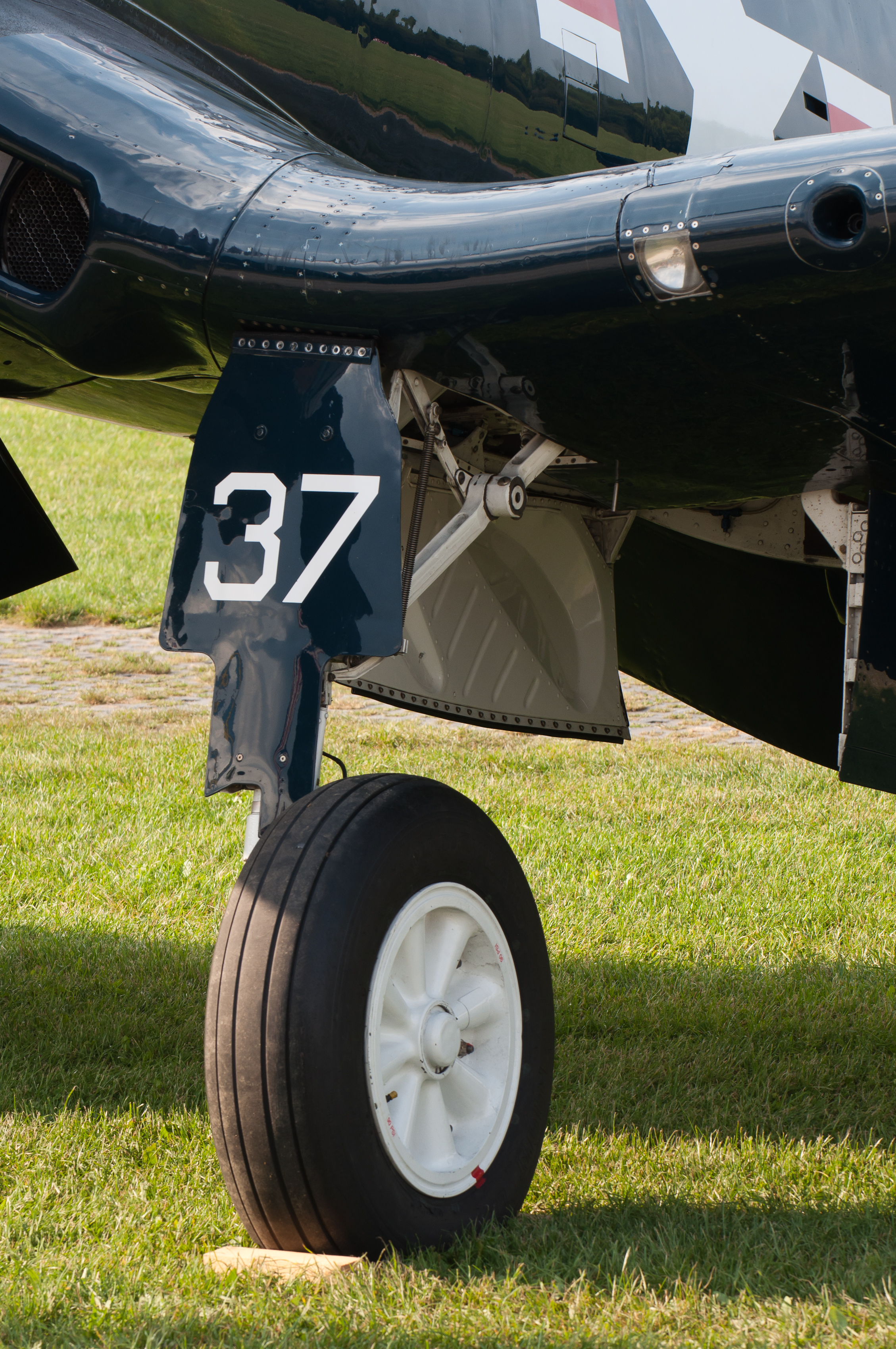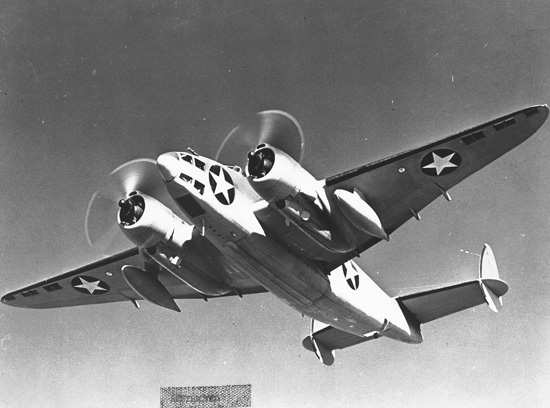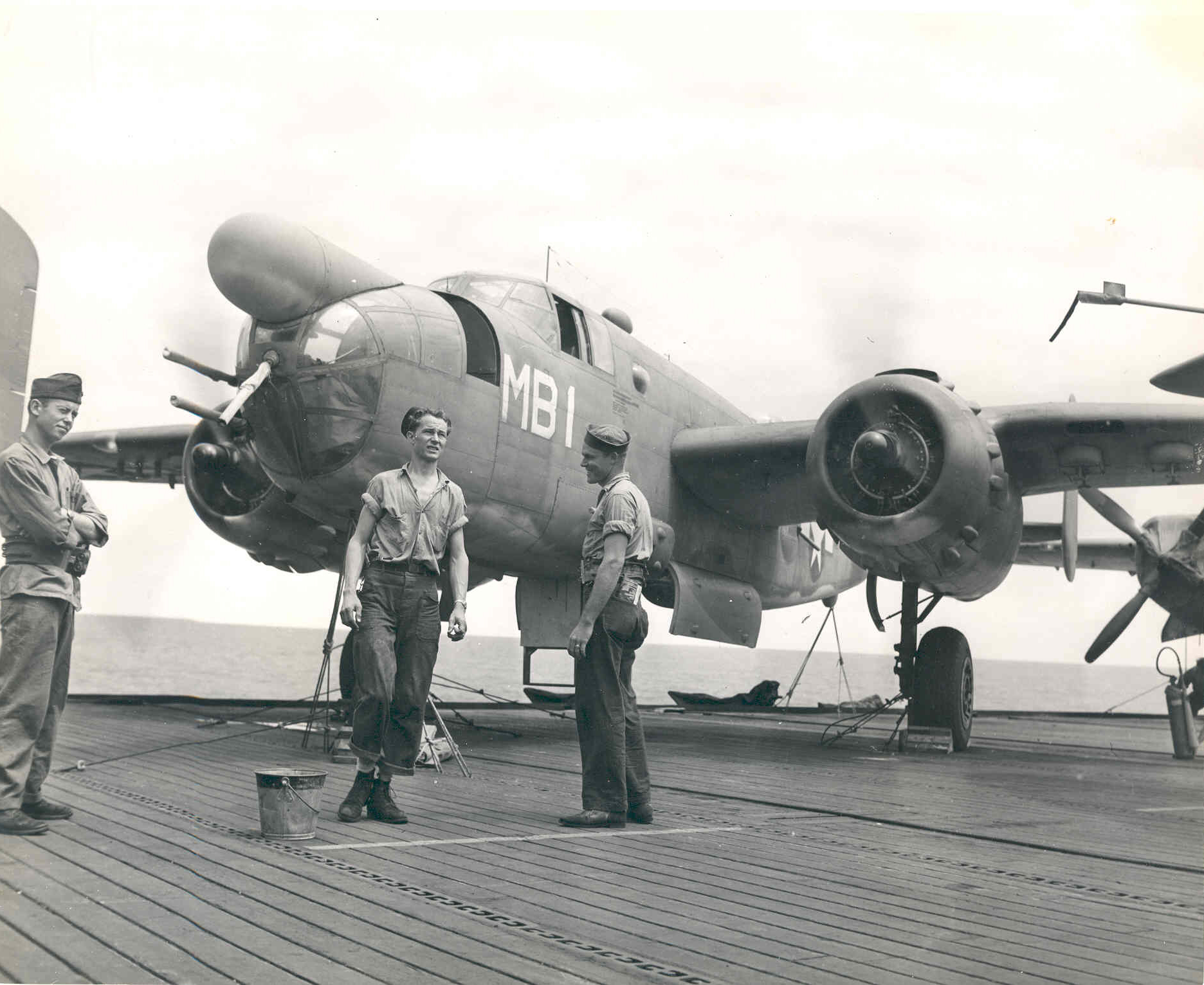|
Emirau Airport
Emirau Airport is an airfield in Emirau Island, Papua New Guinea. History World War II Emirau was seized unopposed by two Battalions of the 4th Marine Regiment on 20 March 1944. Naval Construction Battalions arrived shortly after the landings and began construction of two coral-surfaced by airfields on the island. Inshore Airfield had 35 double hardstands capable of parking 210 fighter or light-bomber planes, while North Cape Airfield had 42 hardstands with space for parking 84 heavy bombers. Both were fully equipped with towers, lighting, and a dispensary. The aviation tank farm consisted of three tanks and nineteen together with the appropriate filling and distribution points. A reserve of was stored in drums. Emirau was the staging point for attacks on the Japanese strongholds at Rabaul and Kavieng. US Marine Corps units based here included: * VMSB-243 operating SBDs from June–December 1944 * VMB-413 operating PBJs * VMB-433 operating PBJs * VMB-443 operating ... [...More Info...] [...Related Items...] OR: [Wikipedia] [Google] [Baidu] |
Emirau Island
Emirau Island, also called Emira, is an island in the Bismarck Archipelago located at . Emira is part of what on many maps are charted as the St Matthias Islands, also known as the Mussau Islands, a small group to the northwest of the main island group of New Ireland. Early explorers named it Squally Island, a name found in some early records. It is part of New Ireland Province, Papua New Guinea. The local language is a dialect of the Mussau-Emira language. World War II Early in World War II this small island became international news when over 500 prisoners from various ships (including RMS ''Rangitane'') sunk by German surface raiders were released following the first attack on Nauru and subsequently rescued by the Australian authorities. Emirau was seized unopposed by two battalions of the United States 4th Marine Division on 20 March 1944. Base development Naval Base Emirau construction activities were taken in hand by the US Navy Seabees of the 18th Construction Regi ... [...More Info...] [...Related Items...] OR: [Wikipedia] [Google] [Baidu] |
Douglas SBD Dauntless
The Douglas SBD Dauntless is a World War II American naval scout plane and dive bomber that was manufactured by Douglas Aircraft from 1940 through 1944. The SBD ("Scout Bomber Douglas") was the United States Navy's main Carrier-based aircraft, carrier-based scout/dive bomber from mid-1940 through mid-1944. The SBD was also flown by the United States Marine Corps, both from land air bases and aircraft carriers. The SBD is best remembered as the bomber that delivered the fatal blows to the Japanese carriers at the Battle of Midway in June 1942.Parker, Dana T. ''Building Victory: Aircraft Manufacturing in the Los Angeles Area in World War II,'' pp. 25–34, Cypress, CA, 2013. . The type earned its nickname "Slow But Deadly" (from its SBD initials) during this period. During its combat service, the SBD proved to be an effective naval scout plane and dive bomber. It possessed long range, good handling characteristics, maneuverability, potent bomb load, great diving characteristics fr ... [...More Info...] [...Related Items...] OR: [Wikipedia] [Google] [Baidu] |
Vought F4U Corsair
The Vought F4U Corsair is an American fighter aircraft that saw service primarily in World War II and the Korean War. Designed and initially manufactured by Vought, Chance Vought, the Corsair was soon in great demand; additional production contracts were given to Goodyear Aerospace, Goodyear, whose Corsairs were designated FG, and Brewster Aeronautical Corporation, Brewster, designated F3A. The Corsair was designed and principally operated as a carrier-based aircraft, and entered service in large numbers with the U.S. Navy and Marines in World War II. It quickly became one of the most capable carrier-based fighter-bombers of the war. Some Japanese pilots regarded it as the most formidable American fighter and U.S. naval aviators achieved an 11:1 kill ratio. Early problems with carrier landings and logistics led to it being eclipsed as the dominant carrier-based fighter by the Grumman F6F Hellcat, powered by the same Pratt & Whitney R-2800 Double Wasp, Double Wasp engine first f ... [...More Info...] [...Related Items...] OR: [Wikipedia] [Google] [Baidu] |
Lockheed Ventura
The Lockheed Ventura is a twin-engine medium bomber and patrol bomber of World War II. The Ventura first entered combat in Europe as a bomber with the RAF in late 1942. Designated PV-1 by the United States Navy (US Navy), it entered combat in 1943 in the Pacific. The bomber was also used by the United States Army Air Forces (USAAF), which designated it the Lockheed B-34 (''Lexington'') and B-37 as a trainer. Commonwealth of Nations, British Commonwealth forces also used it in several guises, including antishipping and antisubmarine search and attack. The Ventura was developed from the Lockheed Model 18 Lodestar transport, as a replacement for the Lockheed Hudson bombers then in service with the Royal Air Force. Used in daylight attacks against occupied Europe, they proved to have weaknesses and were removed from bomber duty and some used for patrols by Coastal Command. After USAAF monopolization of land-based bombers was removed, the US Navy ordered a revised design which ente ... [...More Info...] [...Related Items...] OR: [Wikipedia] [Google] [Baidu] |
VMB-611
Marine Attack Squadron 611 (VMA-611) was an attack aircraft, attack squadron in the United States Marine Corps Reserve. The squadron was originally commissioned as a medium bomber squadron flying B-25 Mitchell, PBJ-1C/Ds during World War II. VMB-611 was the only Marine bomber squadron to operate in the Philippines during the war and was quickly decommissioned following the surrender of Japan. The squadron was reactivated as an attack squadron in the Reserves in 1958 at Naval Air Station Glenview, Illinois. It was later relocated to Naval Air Station Los Alamitos, California, in 1968, and finally decommissioned in 1969. History World War II Commissioning, stateside training and movement west Marine Bombing Squadron 611 (VMB-611) was commissioned on 1 October 1943, at Marine Corps Air Station Cherry Point, North Carolina. The squadron moved to Marine Corps Air Station Parris Island, South Carolina, in January 1944 to conduct initial flight training. During this time the squadron t ... [...More Info...] [...Related Items...] OR: [Wikipedia] [Google] [Baidu] |
VMB-433
Marine Bombing Squadron 433 (VMB-433) was a United States Marine Corps medium bomber squadron during World War II. Nicknamed the "Fork-tailed Devils", the squadron flew PBJ medium bombers which were the naval version of the B-25 Mitchell. The squadron participated in combat operations in the Pacific Theater and was quickly deactivated after the war. History VMB-433 was commissioned on 15 September 1943 at Marine Corps Air Station Cherry Point, North Carolina. The squadron also received initial training at Marine Corps Air Station Edenton and Marine Corps Air Facility Peterfield Point, North Carolina. Upon completion, the squadron joined MarFAirWest on 27 January 1944 and continued their training syllabus at Marine Corps Air Station El Centro, California. By 26 May 1944 the ground echelon was underway, bound for the Northern Solomons. The following day the flight echelon departed, arriving at Marine Corps Air Station Ewa on 1 June 1944. After staging through Palmyra, Can ... [...More Info...] [...Related Items...] OR: [Wikipedia] [Google] [Baidu] |
North American B-25 Mitchell
The North American B-25 Mitchell is an American medium bomber that was introduced in 1941 and named in honor of Brigadier General Billy Mitchell, William "Billy" Mitchell, a pioneer of U.S. military aviation. Used by many Allies of World War II, Allied air forces, the B-25 served in every theater of World War II, and after the war ended, many remained in service, operating across four decades. Produced in numerous variants, nearly 10,000 B-25s were built. It was the most-produced American medium bomber and the List of most-produced aircraft , third most-produced American bomber overall. These included several limited models such as the F-10 reconnaissance aircraft, the AT-24 crew trainers, and the United States Marine Corps' PBJ-1 Maritime patrol aircraft, patrol bomber. Design and development In March 1939, the United States Army Air Corps, US Army Air Corps issued a specification for a medium bomber that was capable of carrying a payload of over at . North American Aviati ... [...More Info...] [...Related Items...] OR: [Wikipedia] [Google] [Baidu] |
VMB-413
Marine Fighting Squadron 413 (VMF-413) was a fighter squadron of the Marine Forces Reserve during the Cold War. It descended from bombing squadron VMB-413, which was the Marine Corps' first medium bomber squadron and had fought during World War II. Best known as "Night Hecklers" and the "Shamrocks", the squadron fought in many areas of the Pacific War. Following the surrender of Japan, the squadron was deactivated on 30 November 1945. VMF-413 reactivated in the Marine Forces Reserve and was based out of Naval Air Station Dallas, Texas, until its deactivation in January 1963. History The squadron was activated on 1 March 1943, as Marine Bombing Squadron 413 (VMB-413) at Marine Corps Air Station Cherry Point, North Carolina.Rottman ''USMC WWII OOB'', p. 444. On 1 December 1943, the squadron completed their training at MCAS Cherry PointShettle ''USMC Air Station of WWII'', p.29. and from there moved to the West Coast until finally leaving from Naval Air Station North Island on ... [...More Info...] [...Related Items...] OR: [Wikipedia] [Google] [Baidu] |
VMSB-243
Marine Scout Bombing Squadron 243 (VMSB-243) was a dive bomber squadron in the United States Marine Corps. The squadron, also known as the "Flying Goldbricks", fought in World War II during the Battle of Bougainville and later in the Philippines campaign (1944–45). They were deactivated shortly after the end of the war on 25 September 1945. History VMSB-243 was commissioned at Marine Corps Air Station Santa Barbara on 1 June 1942. On 18 January 1943 the squadron departed San Diego for Marine Corps Air Station Ewa, Hawaii. Upon arrival at Ewa they were split into two echelons with one going to Johnston Atoll and the other to Palmyra Atoll. The squadron remained split until September 1943 when they returned to MCAS Ewa. On 26 October 1943 the squadron departed for the South Pacific, The flying echelon of the squadron was based out of Munda (Solomon Islands) while the ground echelon was based at Efate. From here they attacked Ballale, Kahili and Kara in support of t ... [...More Info...] [...Related Items...] OR: [Wikipedia] [Google] [Baidu] |
Papua New Guinea
Papua New Guinea, officially the Independent State of Papua New Guinea, is an island country in Oceania that comprises the eastern half of the island of New Guinea and offshore islands in Melanesia, a region of the southwestern Pacific Ocean north of Australia. It has Indonesia–Papua New Guinea border, a land border with Indonesia to the west and neighbours Australia to the south and the Solomon Islands to the east. Its capital, on its southern coast, is Port Moresby. The country is the world's third largest list of island countries, island country, with an area of . The nation was split in the 1880s between German New Guinea in the North and the Territory of Papua, British Territory of Papua in the South, the latter of which was ceded to Australia in 1902. All of present-day Papua New Guinea came under Australian control following World War I, with the legally distinct Territory of New Guinea being established out of the former German colony as a League of Nations mandate. T ... [...More Info...] [...Related Items...] OR: [Wikipedia] [Google] [Baidu] |
Kavieng
Kavieng is the capital of the Papua New Guinean province of New Ireland and the largest town on the island of the same name. The town is located at Balgai Bay, on the northern tip of the island. As of 2009, it had a population of 17,248. Kavieng is the main port for New Ireland, and is both a trading and tourist destination. Several dive companies operate from the town, as the area is known for its diving, both for natural sites and wrecks dating from the Second World War. There are plane and shipwrecks in Kavieng Harbor itself, as well as several more nearby. The town is serviced by Kavieng Airport, with daily connections to Port Moresby. It lies at one end of the Boluminski Highway which runs of sealed road to Namatanai. Kavieng has all the usual services of a local administrative center: local government offices; shopping; hotels (such as the Kavieng Hotel, the Malagan Beach Resort hotel and the Kavieng Club (the former "colonial club" in the town); a hospital providi ... [...More Info...] [...Related Items...] OR: [Wikipedia] [Google] [Baidu] |







